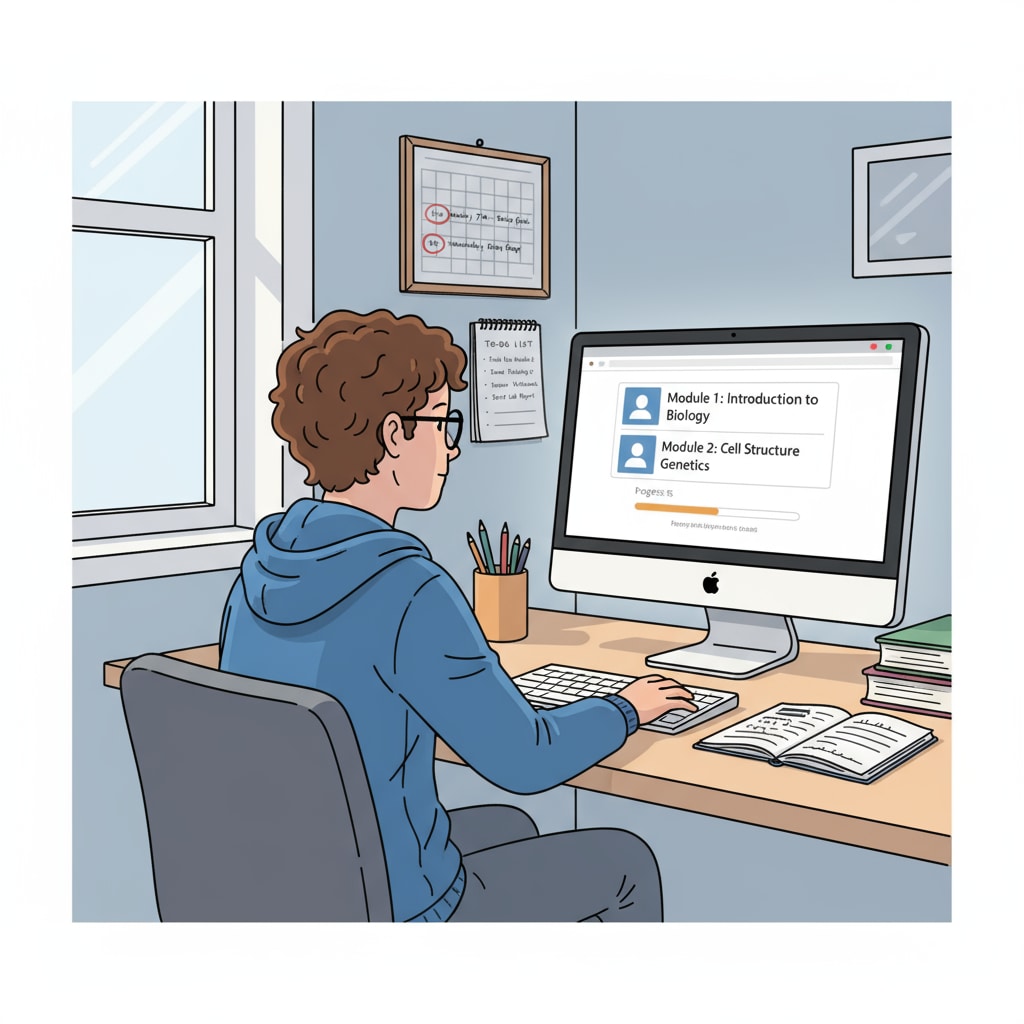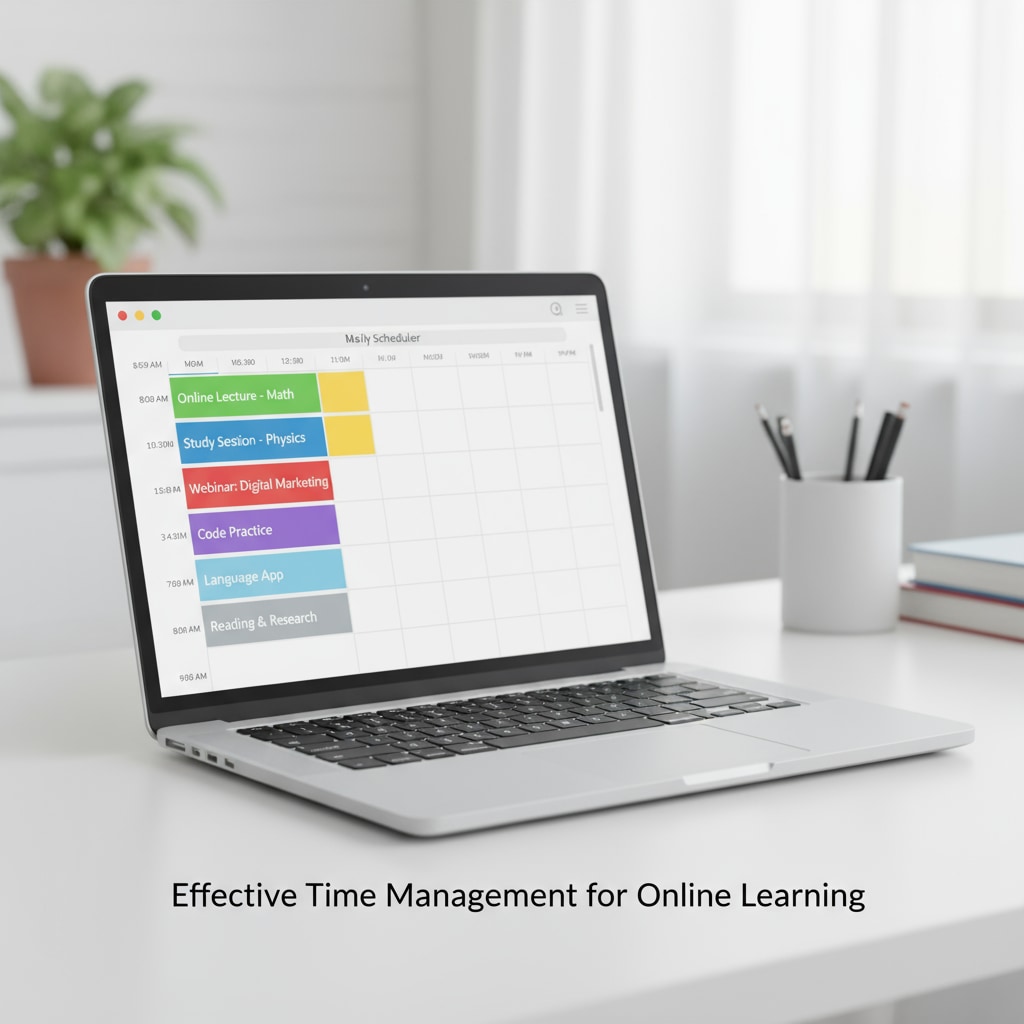Online learning, mental health, and procrastination are intertwined issues that many teenagers face today. The flexibility of online learning offers great opportunities, but it also brings challenges, especially when it comes to maintaining self-discipline and managing time effectively. For teenagers dealing with mental health problems, these challenges can be even more daunting. Let’s explore some strategies to help them navigate this new learning landscape.

The Importance of Self-discipline in Online Learning
Self-discipline is the cornerstone of successful online learning. Without the physical presence of teachers and classmates, students need to be self-motivated. According to APA research on self-discipline, self-disciplined individuals are more likely to achieve their goals. In an online learning setting, this means setting clear study goals, sticking to a schedule, and resisting distractions. For example, a student might set a goal to complete a certain number of assignments each week and then create a schedule to ensure they have dedicated time for study. This not only helps with academic progress but also has a positive impact on mental health by giving a sense of accomplishment.
Time Management Challenges and Solutions
Time management is often a struggle for teenagers during online learning, especially when they are prone to procrastination. One common issue is the lack of a structured routine. To address this, students can create a daily schedule. Start by listing all the tasks, including study sessions, breaks, and leisure activities. As recommended by MindTools’ time management guide, prioritize tasks based on importance and urgency. For instance, if an assignment is due soon, it should be at the top of the list. By having a well-planned schedule, students can better manage their time and reduce the chances of procrastination.

Another aspect of time management is dealing with distractions. In an online environment, there are numerous distractions such as social media notifications. Students can use various techniques to minimize these distractions. For example, they can turn off non-essential notifications during study time or use website blockers to limit access to distracting sites. This way, they can focus better on their learning tasks and make the most of their time.
In addition to creating a schedule and minimizing distractions, it’s important to take regular breaks. Short, frequent breaks can improve concentration and prevent burnout. A simple 5 – 10 minute break every hour can make a big difference in how productive a student is during online learning. This also contributes to better mental health as it reduces stress and fatigue.
Readability guidance: The article uses short paragraphs and lists to summarize key points. Each H2 section provides practical strategies. The use of passive语态 is minimized, and transition words like ‘for example’, ‘in addition’ are used to make the text flow smoothly.


